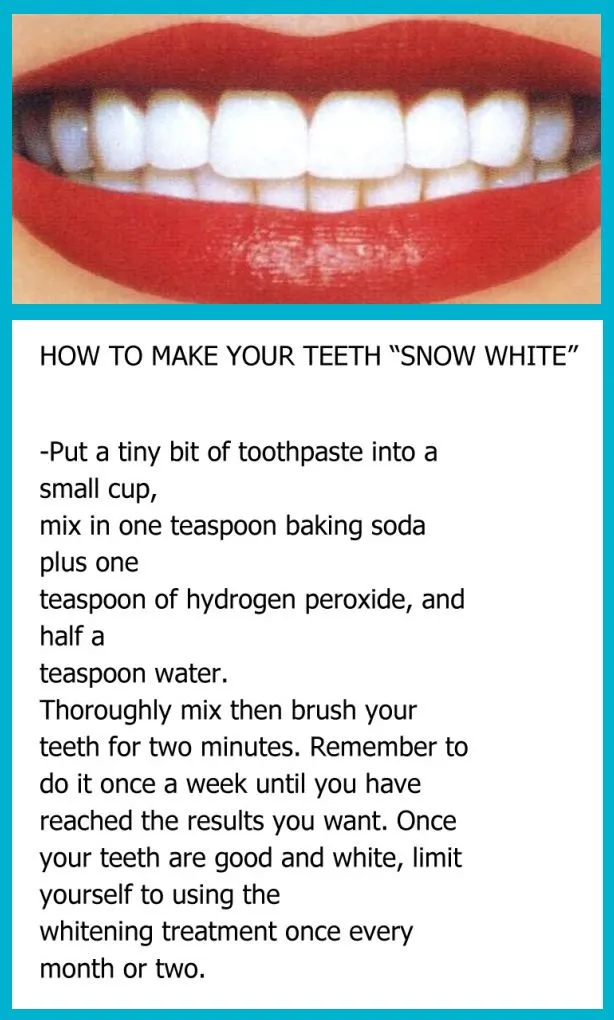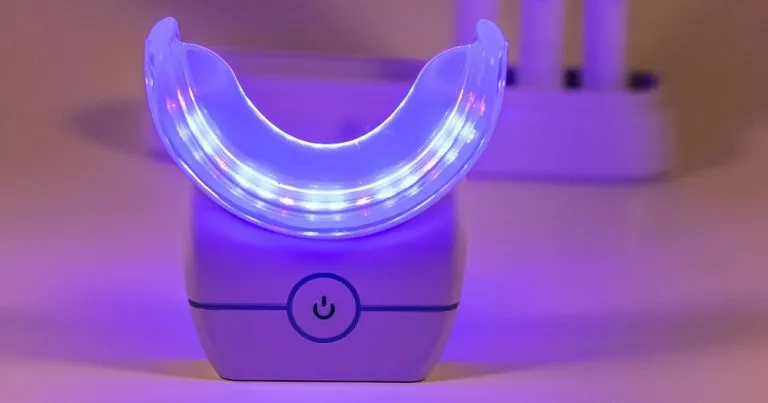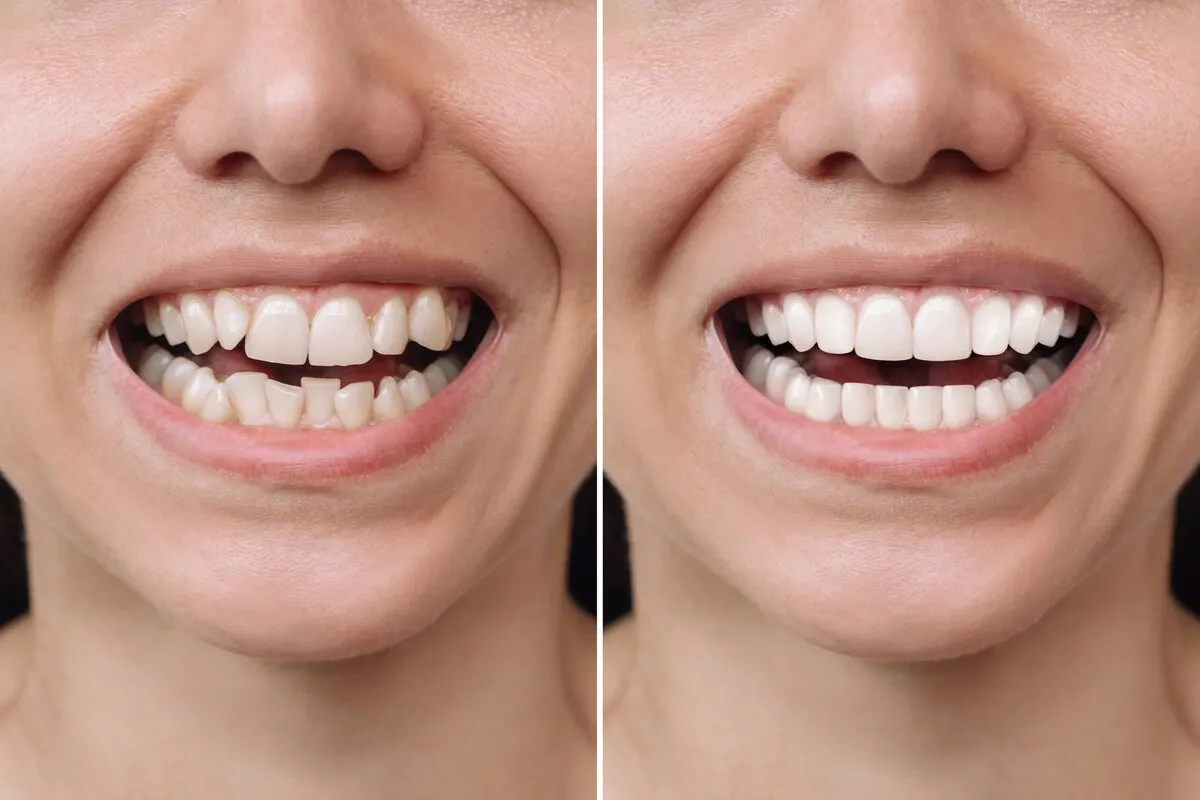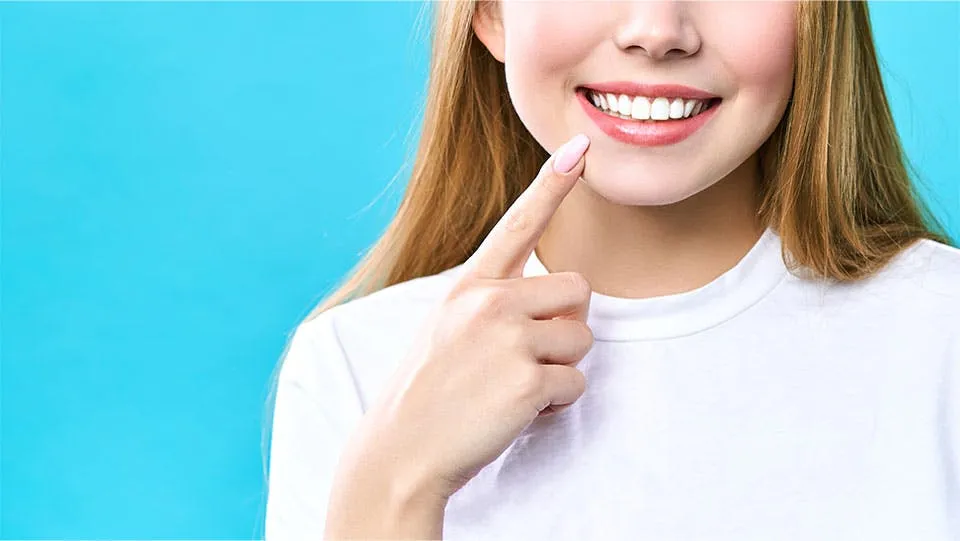Understanding Hydrogen Peroxide and Teeth Whitening
Teeth whitening has become a popular cosmetic procedure, with countless individuals seeking brighter, more radiant smiles. Among the various methods and products available, hydrogen peroxide is a common ingredient. But how safe is it for teeth whitening? This article delves into the details of using hydrogen peroxide for teeth whitening, exploring its effectiveness, safety considerations, potential side effects, and alternative options. Understanding the science behind this method is crucial for making informed decisions about your oral health and achieving the desired results while minimizing risks. We’ll examine different concentrations, safe usage methods, and how to maintain your sparkling smile.
What is Hydrogen Peroxide?
Hydrogen peroxide (H2O2) is a chemical compound composed of hydrogen and oxygen. It’s a mild antiseptic and oxidizing agent widely used for various purposes, including cleaning, disinfecting, and, importantly, teeth whitening. Available in different concentrations, the effectiveness and safety of hydrogen peroxide depend heavily on its strength. You can find it in solutions ranging from 3% to much higher concentrations used in professional dental settings. In the context of teeth whitening, hydrogen peroxide acts as a bleaching agent. When it comes into contact with the teeth, it releases oxygen molecules that break down the stain-causing compounds, making the teeth appear whiter. Understanding these basic facts is essential when considering its application for teeth whitening.
How Does Hydrogen Peroxide Whiten Teeth?

The teeth whitening process with hydrogen peroxide relies on its ability to penetrate the enamel and dentin layers of the teeth. The active oxygen molecules from hydrogen peroxide react with the stain molecules embedded in the tooth structure. These stain molecules are broken down into smaller, less visible components, resulting in a lighter appearance. The effectiveness of hydrogen peroxide in teeth whitening depends on several factors, including the concentration of the solution, the duration of exposure, and the type of stains present. While it can be effective in removing surface stains caused by coffee, tea, and tobacco, it may be less effective on intrinsic stains, such as those caused by certain medications or genetic factors. The chemical reaction is relatively simple, but the results can be significant, offering a brighter smile with careful application.
The Safety of Hydrogen Peroxide for Teeth Whitening
The safety of hydrogen peroxide for teeth whitening is a subject of ongoing debate and research. When used in low concentrations and according to recommended guidelines, it’s generally considered safe. However, improper use or the application of high concentrations can lead to adverse effects. It’s crucial to approach hydrogen peroxide teeth whitening with caution, always following instructions and consulting with a dental professional. Several factors influence the safety profile, including the concentration of the hydrogen peroxide, the method of application, and the individual’s oral health. Understanding the potential risks and benefits is vital to make an informed decision about teeth whitening.
Concentration Levels and Safety
The concentration of hydrogen peroxide significantly impacts its safety profile. Over-the-counter products typically contain lower concentrations, usually between 3% and 10%, which are generally considered safe for home use when used as directed. Professional teeth whitening procedures performed by dentists may involve much higher concentrations, up to 40% or more. Dentists are trained to apply these stronger solutions safely, using protective measures like isolating the gums and monitoring the patient’s response. Using concentrations higher than recommended or for extended periods can increase the risk of side effects like gum irritation and tooth sensitivity. Therefore, always check the product’s concentration and adhere to the instructions provided by the manufacturer or your dentist.
Potential Side Effects of Hydrogen Peroxide

While generally safe when used properly, hydrogen peroxide can cause several side effects. The most common are tooth sensitivity and gum irritation. Sensitivity can manifest as a sharp pain or discomfort when consuming hot or cold foods and drinks. Gum irritation may include redness, swelling, and soreness. In some cases, especially with overuse or high concentrations, blistering or erosion of the gum tissue can occur. Temporary changes in tooth enamel can also be a concern, although these are typically reversible. Individuals with pre-existing dental issues, such as cavities, gum disease, or sensitive teeth, are at a higher risk of experiencing these side effects. If you experience any adverse reactions, it’s crucial to discontinue use and seek professional advice from a dentist.
Safe Methods for Using Hydrogen Peroxide
To safely use hydrogen peroxide for teeth whitening, several methods can be employed, each with its advantages and potential risks. It’s essential to follow the instructions carefully and exercise caution to minimize the likelihood of adverse effects. Always consult a dentist before starting any teeth whitening treatment, especially if you have any underlying dental issues. Safe methods include the use of commercially available whitening products and, if appropriate, using diluted solutions under professional guidance. This ensures that you are using the right concentration and technique, reducing the potential for side effects. Regularly assessing your teeth and gums during the whitening process is also essential.
DIY Hydrogen Peroxide Whitening
DIY teeth whitening using hydrogen peroxide involves mixing a low-concentration solution with water. Many recommend using a 3% hydrogen peroxide solution, which is readily available at most pharmacies. To use this, you can mix a small amount of hydrogen peroxide with water and rinse your mouth for a short duration, usually no more than a minute or two. Alternatively, some people apply the solution directly to their teeth using a cotton swab. It’s essential to avoid swallowing the solution. Remember that DIY methods may not be as effective as professional treatments, and there is a higher risk of improper application. Always be very careful. Before starting any DIY teeth whitening treatment, consult with your dentist to ensure it’s safe for your specific oral health conditions. Overuse may lead to more problems than solutions.
Professional Teeth Whitening Options

Professional teeth whitening, performed by a dentist, is generally considered the safest and most effective method. Dentists use higher concentrations of hydrogen peroxide, often combined with special lights or lasers to accelerate the whitening process. Before the procedure, the dentist will assess your oral health and identify any potential issues. They will then protect your gums with a special barrier to prevent irritation. The whitening gel is applied to the teeth, and after a specific period, the gel is removed, and the process may be repeated. Professional treatments can achieve significant whitening results in a single session. Your dentist is also able to identify and manage any side effects that might occur, ensuring the safety of the procedure. Professional treatments are typically more costly than at-home options, but the results and safety often justify the investment.
Preventing and Managing Side Effects
Preventing and managing side effects is crucial when using hydrogen peroxide for teeth whitening. To minimize the risk of tooth sensitivity, use a toothpaste designed for sensitive teeth before, during, and after the whitening treatment. Avoid consuming acidic foods and drinks, which can exacerbate sensitivity. For gum irritation, use the whitening solution carefully and avoid prolonged exposure. If irritation occurs, discontinue use and consult with your dentist. Your dentist may also recommend fluoride treatments or desensitizing agents to reduce sensitivity. Regular dental check-ups can help identify and address any issues early on, making the whitening process safer and more comfortable. Paying attention to your body’s response and acting promptly to any adverse reactions is vital to maintain good oral health.
Alternatives to Hydrogen Peroxide for Whitening
If you’re concerned about the potential risks of hydrogen peroxide, several alternative teeth whitening options are available. These alternatives may offer similar whitening effects with fewer side effects. Some of the most popular include professional treatments offered by dentists and over-the-counter products. Evaluating these various methods allows you to find the best solution to achieve a brighter smile without compromising your oral health. It is essential to carefully consider the pros and cons of each option to make an informed decision that aligns with your needs and preferences. Always discuss these choices with your dentist to determine what is most suitable for your specific needs.
Professional Treatments

In addition to hydrogen peroxide-based whitening, dentists offer several professional treatments. These include the use of carbamide peroxide, a compound that breaks down into hydrogen peroxide. Some dentists offer laser whitening, which uses a laser to activate the whitening agent, potentially speeding up the process. Custom-fitted whitening trays, provided by your dentist, can offer a more precise and controlled whitening experience. Your dentist can also provide guidance on the best whitening options based on your oral health. These treatments provide a safer approach with results you can see. Professional treatments also often include a thorough cleaning and examination, ensuring your teeth are healthy before the whitening process begins.
Over the Counter Products
A variety of over-the-counter (OTC) teeth whitening products are available, including whitening toothpaste, strips, and gels. Whitening toothpaste typically contains mild abrasives and low concentrations of peroxide to remove surface stains. Whitening strips are a convenient option, applying a thin layer of whitening agent to the teeth. Whitening gels often come with custom-fit trays or applicators. While these products are generally safe, they may not be as effective as professional treatments. They can also cause sensitivity. Always read the product instructions and consult with your dentist before use. Be aware of the active ingredients and the concentration levels to ensure the product is suitable for your oral health. OTC products may be a good starting point, but professional advice remains essential.
Maintaining a Bright Smile After Whitening
After successfully whitening your teeth, maintaining the results requires consistent oral hygiene practices and lifestyle choices. Several habits can help prevent stains and keep your smile bright for longer. This includes good oral hygiene, dietary adjustments, and regular dental check-ups. Taking these steps is essential to prolong the effects of teeth whitening and to maintain overall oral health. Creating a routine around these factors will help ensure that your investment in a brighter smile lasts and that your teeth remain healthy and vibrant. This is about more than just a cosmetic outcome; it is about a holistic approach to dental care.
Good Oral Hygiene Practices

Maintaining good oral hygiene is fundamental to preserving the results of teeth whitening. Brush your teeth twice a day for two minutes each time, using a soft-bristled toothbrush. Floss daily to remove plaque and food particles from between your teeth and under the gum line. Use an antimicrobial mouthwash to further reduce bacteria. Consider using a whitening toothpaste, which can help maintain brightness. Regular dental check-ups and professional cleanings are also crucial, as they remove plaque and tartar that can cause stains and discoloration. Consistent and thorough oral hygiene prevents the build-up of stains and ensures your teeth stay as bright as possible, maximizing the lifespan of your whitening treatment.
Foods and Drinks to Avoid
Certain foods and drinks can stain teeth and should be consumed in moderation or avoided altogether to maintain a bright smile. Coffee, tea, red wine, and dark sodas are common culprits. These beverages contain chromogens, pigments that can adhere to the enamel and cause discoloration. Highly pigmented foods such as berries, beets, and soy sauce can also contribute to staining. Smoking and using tobacco products can severely stain teeth and should be avoided. If you consume staining foods and drinks, rinse your mouth with water immediately afterward or brush your teeth to minimize the impact. Being mindful of what you eat and drink significantly influences the longevity of your teeth whitening results.
Regular Dental Checkups
Regular dental check-ups and professional cleanings are essential for maintaining a bright and healthy smile after teeth whitening. During these visits, your dentist can assess your oral health, identify any potential issues, and remove plaque and tartar that can cause stains. Professional cleanings polish the teeth, removing surface stains and giving them a refreshed appearance. Your dentist may also recommend touch-up whitening treatments to keep your teeth looking their best. Consistent dental care ensures your teeth stay clean, healthy, and white, extending the benefits of your whitening treatment. Following your dentist’s recommendations will help you keep a bright, healthy smile for years to come. Schedule your appointments as recommended by your dentist to ensure optimal oral health.
In conclusion, while hydrogen peroxide can be a safe and effective option for teeth whitening, it’s essential to approach it with caution and follow recommended guidelines. Always consult with a dentist before starting any whitening treatment. By understanding the risks, benefits, and alternatives, you can make informed decisions about your oral health and achieve a brighter, more confident smile. Prioritize your oral health and consult with professionals to maintain a healthy and beautiful smile for years to come.
